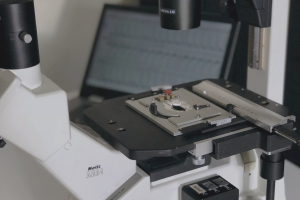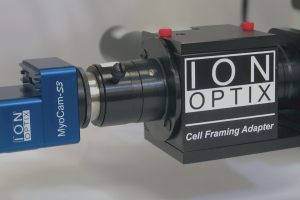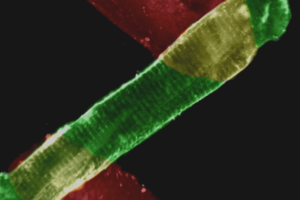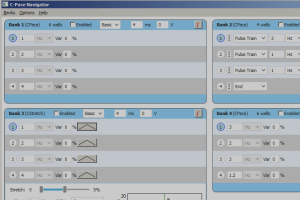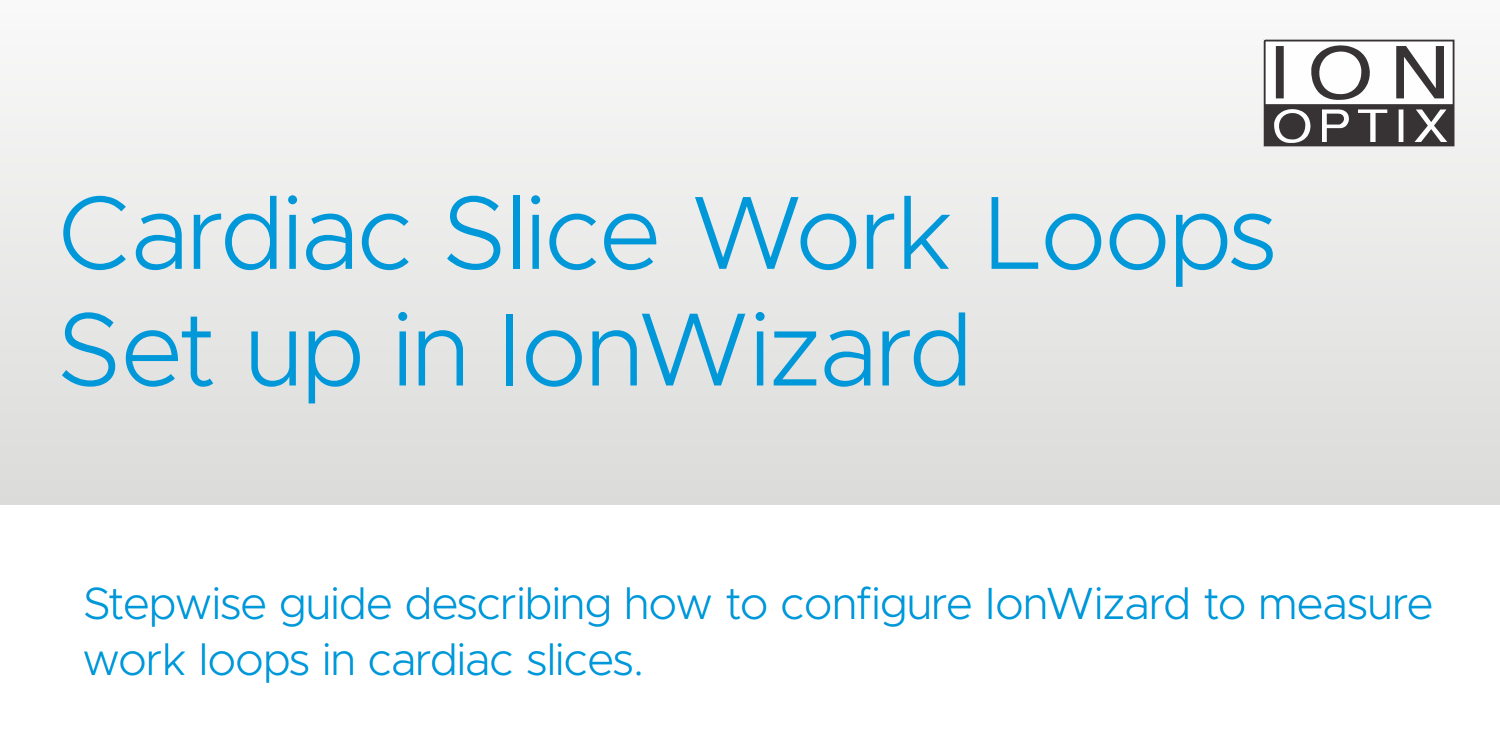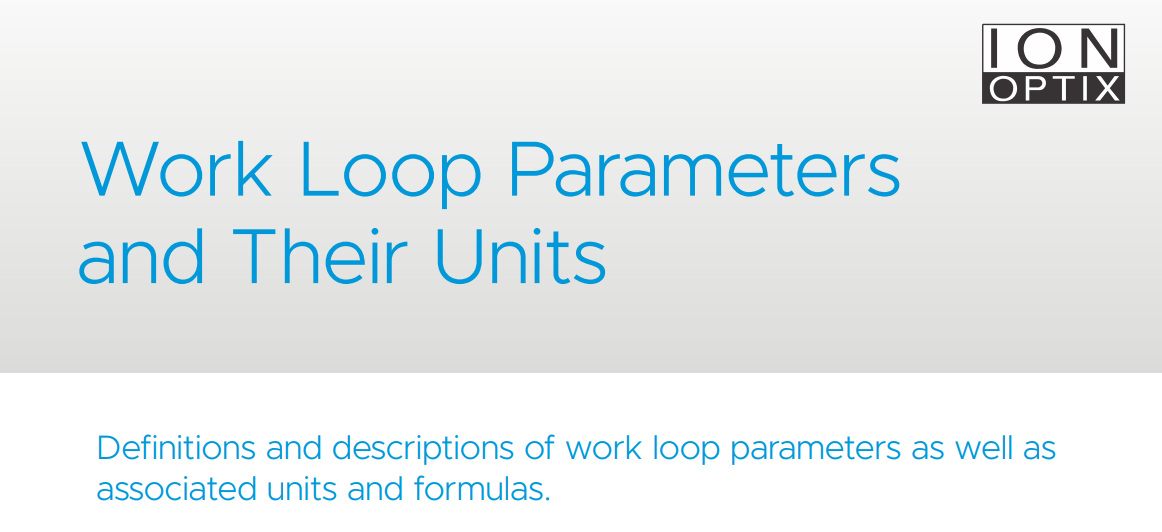Go back to RESOURCES
Loading Fura-2 into cardiomyocytes
Many different protocols exist for loading cells with dye, due to diffences between cell types in how they treat Fura. Below a protocol is provided that works well for freshly isolated cardiac myocytes.
The goal of Fura-2 loading is to measure calcium. It is imperative to achieve a good signal to noise ratio on the calcium signal while not affecting contractility by buffering calcium. The sensitivity of the PMT provided with the IonOptix system will allow users to get good signals with a low Fura load.
For loading, the Fura-2-am ester rather than salt form is used. The ester form of Fura freely diffuses across the cell membrane. Inside the cell, esterases will de-esterify the fura molecules. This turns the Fura molecule into a salt that cannot leave the mycoyte anymore, while new Fura-2-am can still diffuse in. In this way, Fura-2 gets accumulated. Care has to be taken not to load for too long as too much Fura will accumulate. Also allow sufficient time between stopping the loading and starting the measurements so that all the Fura-2 in the cell can be de-esterified.
Protocol for loading freshly isolated cardiac myocytes with Fura-2.
- Dissolve the Fura-2-am powder in DMSO. Aim for a final concentration of 1 mM in DMSO. Because Fura will be used in very low concentration, detergents such as Pluronic are not necessary.
- Take 1 ml of cell suspension and put it in an eppendorf tube, or add a few drops of cell supension to 1 ml of solution in an eppendorf tube, depending on the concentration of cells.
- Add dissolved Fura-2-am to the eppendorf tube. Aim for a final concentration between 1-2 microMolar.
- Mix the Fura and cell suspension by inverting the eppendorf tube a few times.
- Wrap the eppendorf in aluminum foil to protect it from light.
- Store the tube upright at room temperature.
- After 20 minutes of incubation stop the loading by washing the cells. There should be a small pellet of cells at the bottom of the tube. Take off the supernatant and add fresh solution that does not contain Fura. Mix the cell with the solution by inverting the tube a few times (tap the bottom of the tube to dislodge the pellet).
- Repeat this after 5 minutes.
- It is safe to start the experiment 20 minutes after the loading is stopped, this should provide sufficient time for the de-esterification.
Pointers:
- Once the Fura is dissolved in DMSO, don’t repeatedly freeze and thaw the aliquot. Aliquot the Fura in amounts that are suitable for a day’s experiment. 10 microliters is usually sufficient for one day, as it allows for 4-5 loadings.
- Loading time can be varied to increase or decrease dye loading.
- If fluorescence is still too bright with 1 microMolar Fura, there is no point in reducing the concentration any further, as you are unlikely to affect contractility at the moment. At that point it is better to start reducing the fluorescence excitation light during the experiment.



